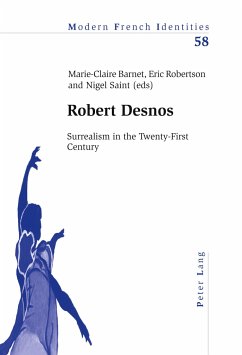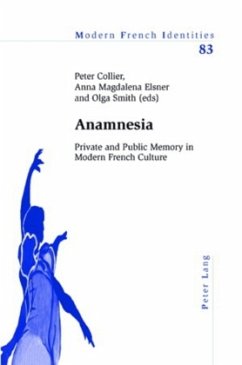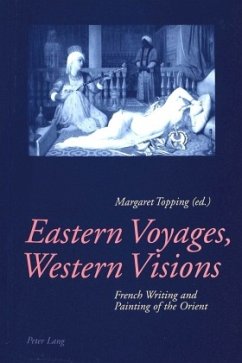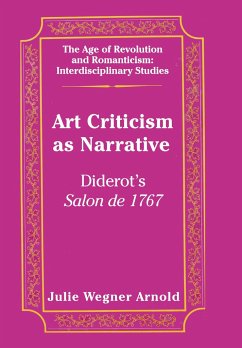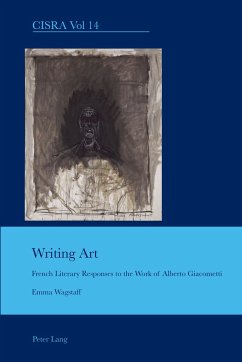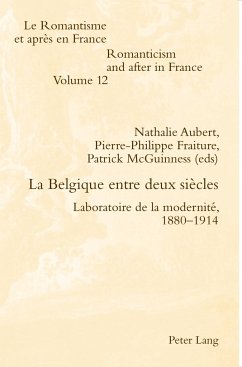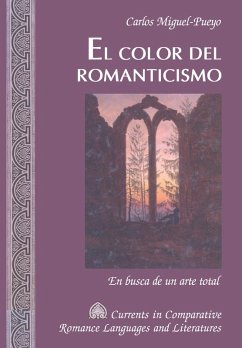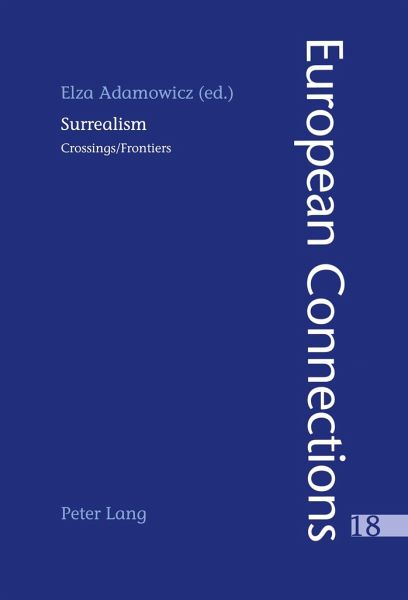
Surrealism
Crossings/Frontiers
Herausgegeben: Adamowicz, Elza
Versandkostenfrei!
Versandfertig in 6-10 Tagen
78,85 €
inkl. MwSt.

PAYBACK Punkte
0 °P sammeln!
This collection of essays, inspired by André Breton's concept of the limites non-frontières of Surrealism, focuses on the crossings, intersections and margins of the surrealist movement rather than its divides and exclusion zones. Some of the essays originated as papers given at the colloquium 'Surrealism: Crossings/Frontiers' held at the Institute of Romance Studies, University of London, in November 2001. Surrealism is foregrounded as a trajectory rather than a fixed body of doctrines, radically challenging the notion of frontiers. The essays explore real and imaginary journeys, as well a...
This collection of essays, inspired by André Breton's concept of the limites non-frontières of Surrealism, focuses on the crossings, intersections and margins of the surrealist movement rather than its divides and exclusion zones. Some of the essays originated as papers given at the colloquium 'Surrealism: Crossings/Frontiers' held at the Institute of Romance Studies, University of London, in November 2001.
Surrealism is foregrounded as a trajectory rather than a fixed body of doctrines, radically challenging the notion of frontiers. The essays explore real and imaginary journeys, as well as the urban dérives of the surrealists and situationists. The concept of crossing, central to a reading of the dynamics at work in Surrealism, is explored in studies of the surrealist object, which eludes or elides genres, and explorations of the shifting sites of identity, as in the work of Joyce Mansour or André Masson. Surrealism's engagement with frontiers is further investigated through a number of revealing cases, such as a political reading of 1930s photography, the parodic rewriting of the popular 'locked room' mystery, or the surrealists' cavalier redrawing of the map of the world. The essays contribute to our understanding of the diversity and dynamism of Surrealism as an international and interdisciplinary movement.
Surrealism is foregrounded as a trajectory rather than a fixed body of doctrines, radically challenging the notion of frontiers. The essays explore real and imaginary journeys, as well as the urban dérives of the surrealists and situationists. The concept of crossing, central to a reading of the dynamics at work in Surrealism, is explored in studies of the surrealist object, which eludes or elides genres, and explorations of the shifting sites of identity, as in the work of Joyce Mansour or André Masson. Surrealism's engagement with frontiers is further investigated through a number of revealing cases, such as a political reading of 1930s photography, the parodic rewriting of the popular 'locked room' mystery, or the surrealists' cavalier redrawing of the map of the world. The essays contribute to our understanding of the diversity and dynamism of Surrealism as an international and interdisciplinary movement.





